|
Getting your Trinity Audio player ready...
|
There is money in Chiang Mai mushroom and wild organic mushroom in Thailand generally, but there is danger from poisonous mushrooms and in hunting them in the jungle. Experienced hunters know how to identify mushrooms and consider cultivated mushrooms a poor alternative to wild ones. They also know the terrain and regularly collect edible wild mushroom to sell in the local markets. Sometimes they make mistakes and the risk of eating poisonous mushroom lies with the consumer.
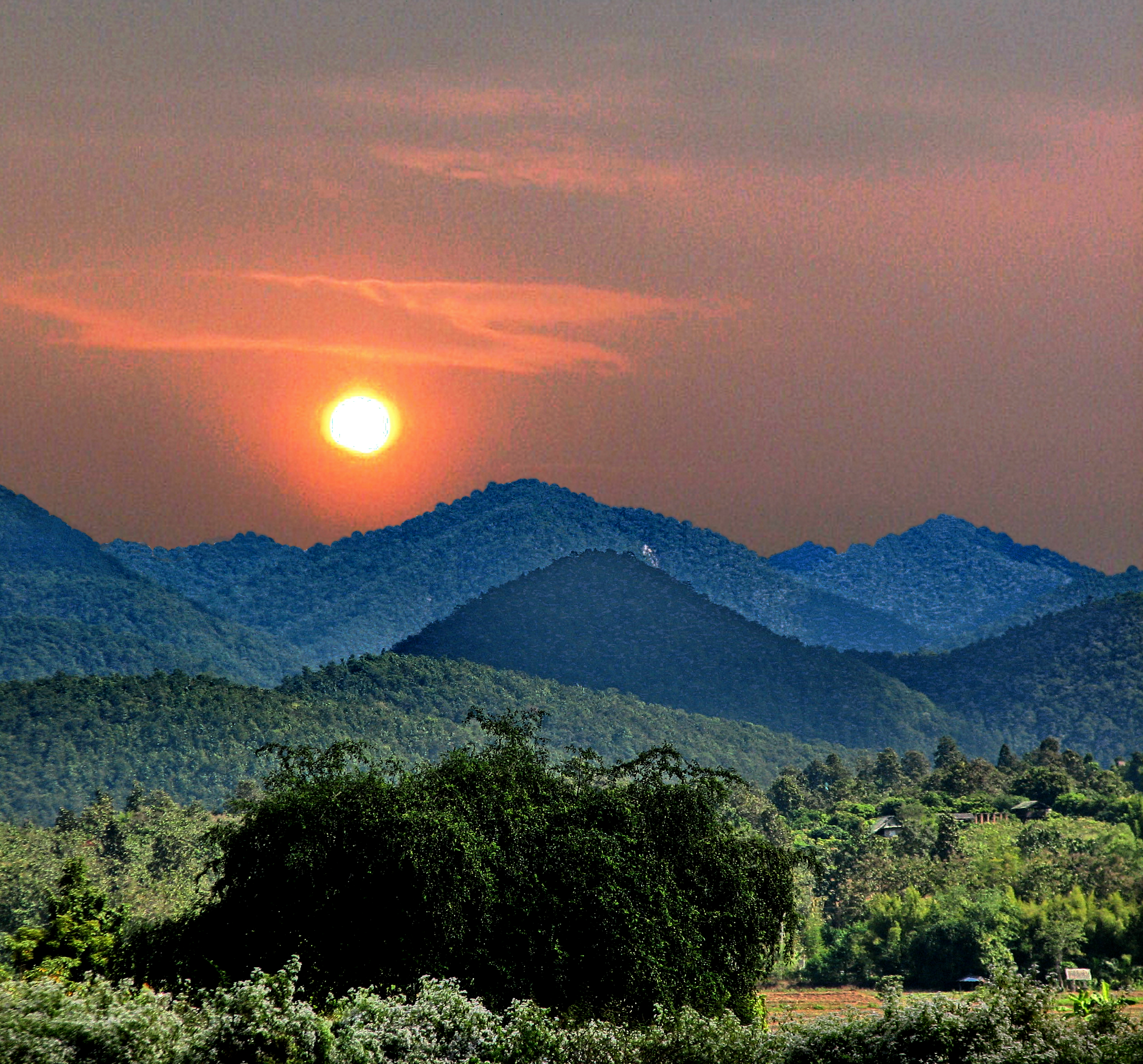
The villages of Northern Thailand are surrounded by densely forested hills and mountains the locals call jungle. Apart from wild plants and herbs the damp dark tropical forest floor gives birth to numerous varieties of wild Chiang Mai mushroom.
Many villagers, who are inexperienced seem oblivious to the dangers, and go deep into the jungle in search of the highly prized delicate fungi. In so doing they risk their own lives and the lives of others if they get lost, which is a common occurrence.
There is only one way to avoid sickness and maybe death from eating poisonous mushrooms in Thailand. Check before buying mushrooms in Thailand markets. And don’t buy wild ones. While there is a demand, experienced and inexperienced hunters will risk their lives and the lives of others, to make a living.
If Poisonous Mushrooms in Thailand don’t get you the Jungle will
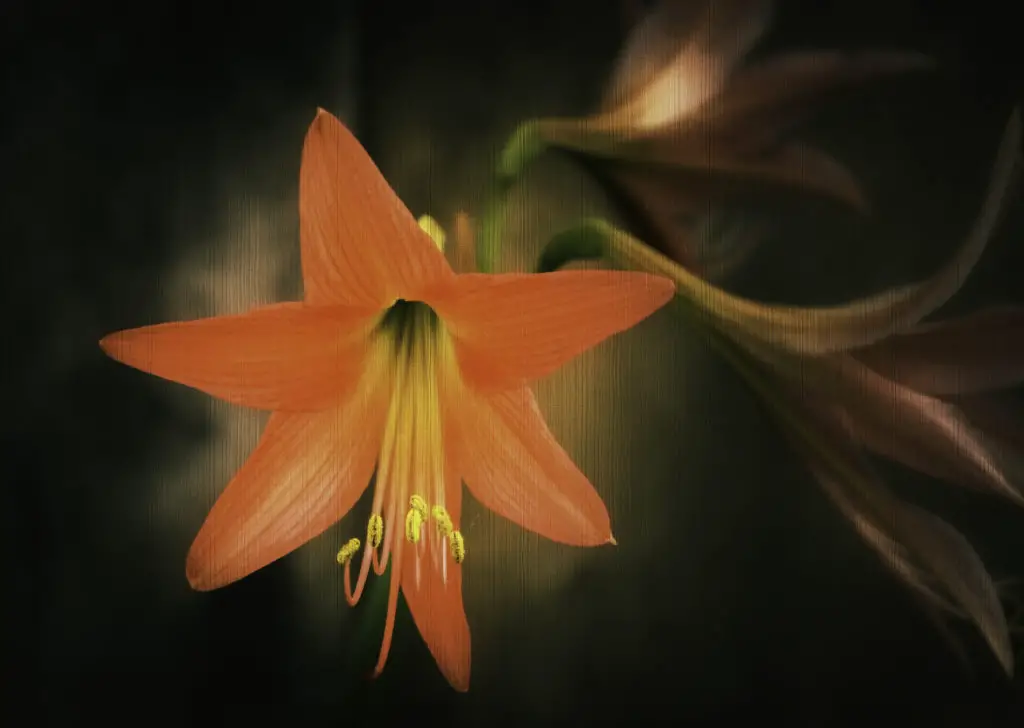
As I sit in the sala and drink my coffee and contemplate the risks the Chiang Mai mushroom hunters take, I watch my new country garden come alive. Dawn has barely broken, and it’s been raining all night. The windless blanket of grey sky could mean it will not stop for some time. I cut the grass yesterday, and today it teases me as I watch it sprouting yet again.
Although the still, damp air is cool, I don’t need any clothing other than shorts or a sarong for modesty. I’ve nothing to hide really but we are different from the other animals and I don’t want splinters in my bum from a rough garden bench.
Wildlife takes up residence in my Chiang Mai garden
The garden may be cultivated but wildlife is moving in, or just passing through. A fruit bat hiding in a banana flower is still wide awake, and a whinchat, with his tufted crest, makes a pit stop to refuel. He snaffles a mosquito, who naively considered she was safely tucked in a new stem of bananas.
Sparrows dart around the Kapow bushes like sparrows do. And a couple of noisy ‘silly buggers’ hop across the freshly mown lawn like Jack Russells on two legs. I call them ‘silly buggers’ because they are mischievous Common Mynas who behave like silly buggers. They are more attractive though.
The rain cools the warm air, even at this early hour, and a pair of birds, that look like miniature pheasants, have built a nest in the top of one of the Lamyai trees. They are Coucals, and I don’t see many of them, so I am happy they want to stay with me.
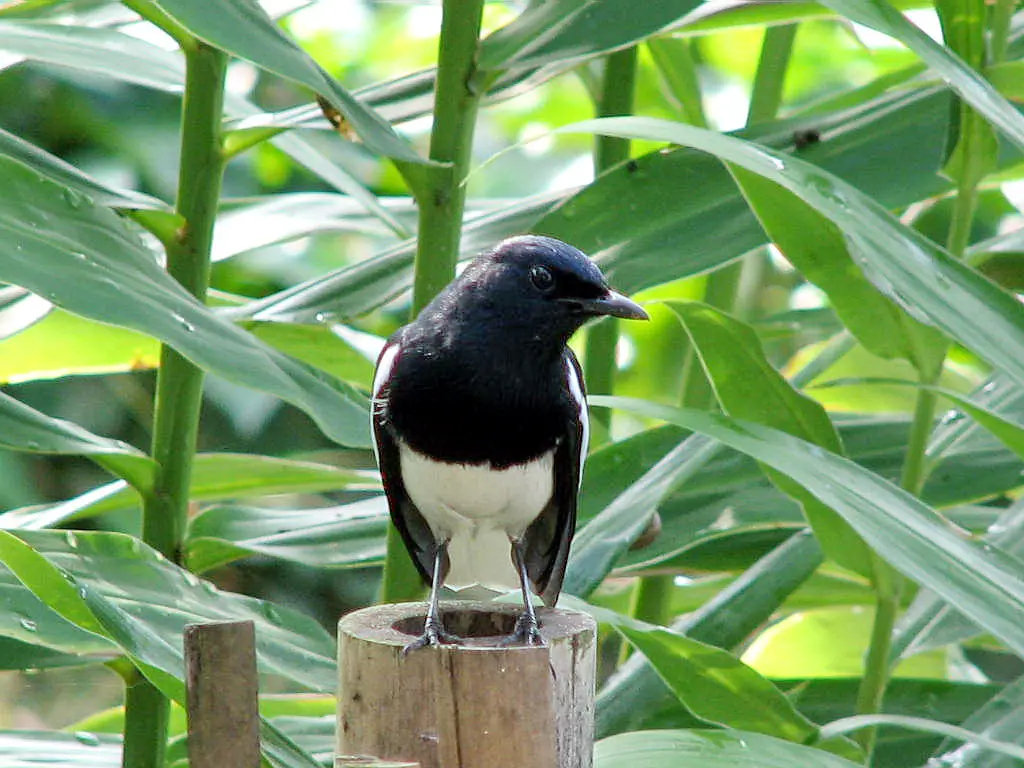
And there is a family of Oriental Magpie-Robins. They love to play and shower when I water the garden. But they are notably absent when it rains, as only it can in the tropics, like stair rods. Maybe they like water but the rain hurts too much.
Lastly the storks sail in. A flock of silent gliders appearing out of the morning mist across the rice fields.
Plants and shrubs grow fast
How quickly the lemongrass I cut back had soared. In three months, it sprung up and over like a waterfall, to one and a half metres. Everything I cut back or transplanted raced skywards. I could almost watch the bamboo grow. The fastest growing plant in the world can put on one hundred centimetres in a day. It is little wonder, the minute I finish cutting the hedged bamboo, I am preparing to go back to the other end and start again.
And I see, the seven young coconut trees, I planted at Christmas, are starting to flourish. They just suck up water like a sponge. The gaps between the plants are closing daily. In a few months, it will be a new garden no longer, as the ugly block wall and the wire fence will become invisible, like the hills this morning, shrouded in mist. But they will be back soon, as the sun is never away for long in the tropics.
Chiang Mai mushroom hunters get lost in the jungle
As I finished my coffee, a babble of agitated voices told me there was something wrong. Bad news maybe, as a group of animated women gathered near the garden gate. It seemed a group of Chiang Mai mushroom hunters from the village were missing, and the women feared the worst, since it rained heavily in the night night after the group went off to the jungle.
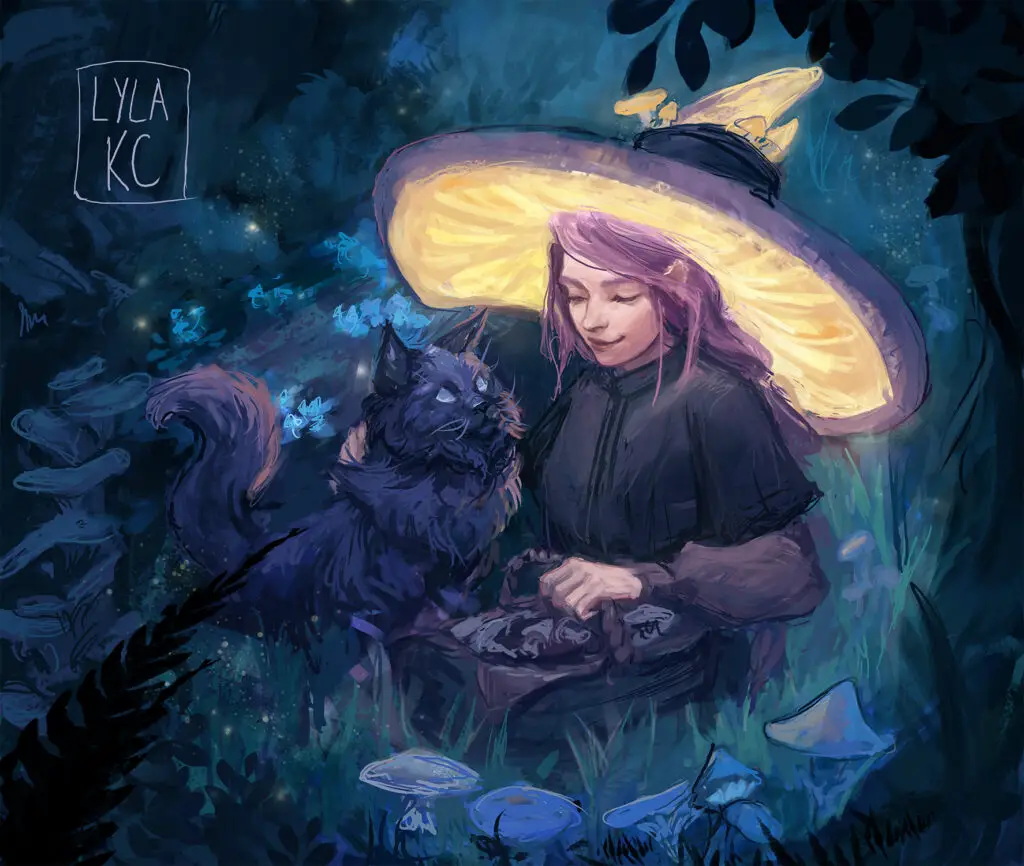
Mushrooms and Toadstools have been used in fairy stories for eons. But in Chiang Mai mushroom hunting is an obsession for many villagers. So the babble of voices was nothing unusual, and the dangers are known to everyone. Several times a year search parties gather and go into the dense forested hills looking for missing mushroom hunters, who are late returning and have not made contact.
They risk their lives, and are often not home by nightfall. Despite the obvious dangers, particularly at monsoon time, the lure of wild mushroom in Thailand draws the unprepared off the beaten track.
Without the foresight to carry a compass, enough water, protection against mosquitos, or mark their trail they often get lost when night falls.
Sometimes the torrential monsoon rain makes it impossible to travel any distance. Even if they have a cellphone the likelihood of getting a connection in the forest is only a remote possibility.
Wild mushroom poisoning is common
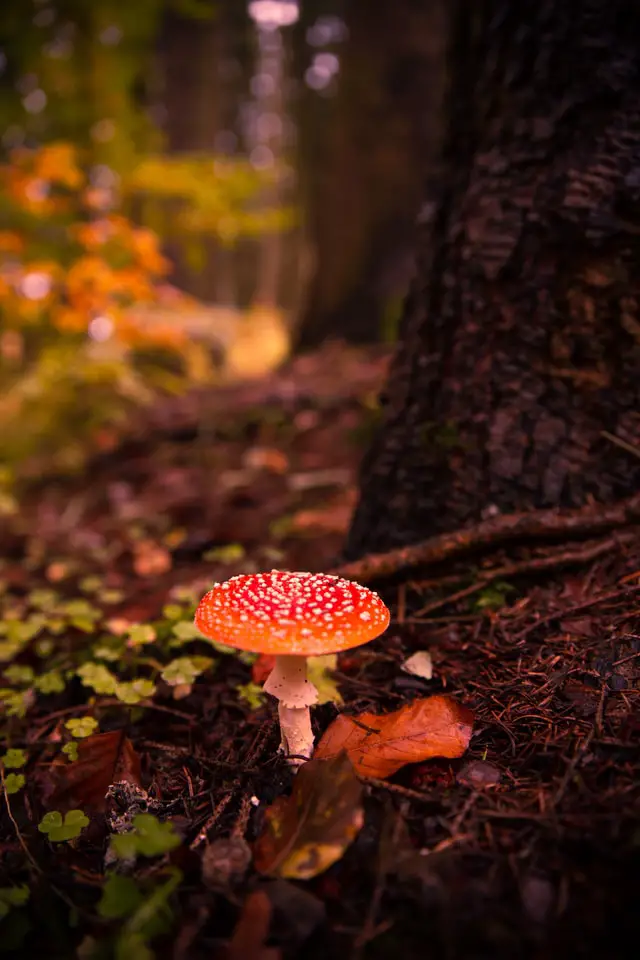
For the careless, there are hidden dangers in the prize itself. Poisonous mushrooms in Thailand can cause serious illness and the incidences of death among the victims are remarkably high.
Guesswork, when it comes to picking wild fungi is not recommended, and even experienced hunters make mistakes. In Chiang Mai province alone hundreds of cases of mushroom poisoning are reported each year.
Especially during the monsoon season when deaths often result.
Poisonous Mushrooms in Thailand
The following abstract is from research carried out by Apiwat Tawatsin. He is from the National Institute of Health, Department of Medical Sciences, Ministry of Public Health, Nonthaburi, Thailand. He carried out research with associates from other universities in Thailand.
Up to 2000 cases of illness from wild poisonous mushrooms in Thailand are reported each year. In his paper the author highlights the need to educate the public on the dangers of eating them. But not on the dangers of hunting for them, which seem just as great when you live with the hunters, as I do.
Abstract
Mushroom poisoning is one of the public health issues related to food-borne diseases in Thailand and worldwide. Research revealed the incidence of mushroom poisoning in Thailand between 2008 and 2017 and the paper referenced discusses relevant information involved.
About 1,200 to 2,000 reported cases were reported each year with morbidity rates from 1.86 to 3.34 per 100,000 population and mortality rates from 0.12 to 1.12%. Overall, 15,680 patients of mushroom poisoning were reported in Thailand during the 10-year period from 2008 to 2017 with an average of 1,568 patients annually.
The cases were reported mainly from the northeast and north of Thailand. The incidence of mushroom poisoning increased during the rainy season between May and September.
The highest risk was found among patients aged between 55 and 64 years and over 65 years followed by the group of 45- 54 years. The poison risk to women was always greater than to men with ratios varying between 1.13:1 and 1.70:1 and the incidence was found mainly among farmers and general workers.
Four groups of toxins have been found in Thailand including protoplasmic poisons, neurotoxins, gastrointestinal irritants and disulfiram-like toxins. The protoplasmic poisons are a major cause of death in most cases and are found among some mushrooms, such as Amanita exitialis, A. fuliginea, A. fuligineoides and A. gleocystidiosa. Gastrointestinal irritants are the most common toxins found in all regions of Thailand and found among some mushrooms, such as Chlorophyllum molybdites, Russula sp., Cantharocybe virosa, Entoloma sp., Lactarius sp.and Tricholoma sp.
Commonly, consumption of poisonous mushrooms is usually a result from misidentification of some poisonous ones, which are closely similar to those of the commonly edible mushrooms.
Educating the public on how to identify mushrooms and to be able to recognise poisonous mushrooms, and avoid harvesting them for consumption or sale is urgently needed.
A Tawatsin · 2018
For more information, click here to read the full article.
Karen family die from not knowing how to identify mushrooms

I was not surprised when a whole Karen hill-tribe family died from eating poisonous mushrooms. It was because they did not know how to identify mushrooms.
Mushroom lovers are tempted by what they see in the local markets. Personally, I don’t like them, and there are plenty of alternatives when it comes to nutritious produce in South-East Asia.
I don’t need to know how to identify poisonous mushrooms because I never buy wild mushrooms. And if I ever buy mushroom, which is not often, I make sure it is either a cultivated button or field mushroom which I know.
Amazing Wild Flowers – more beautiful than mushrooms
It’s amazing how many wild flowers there are on my doorstep in Chiang Mai
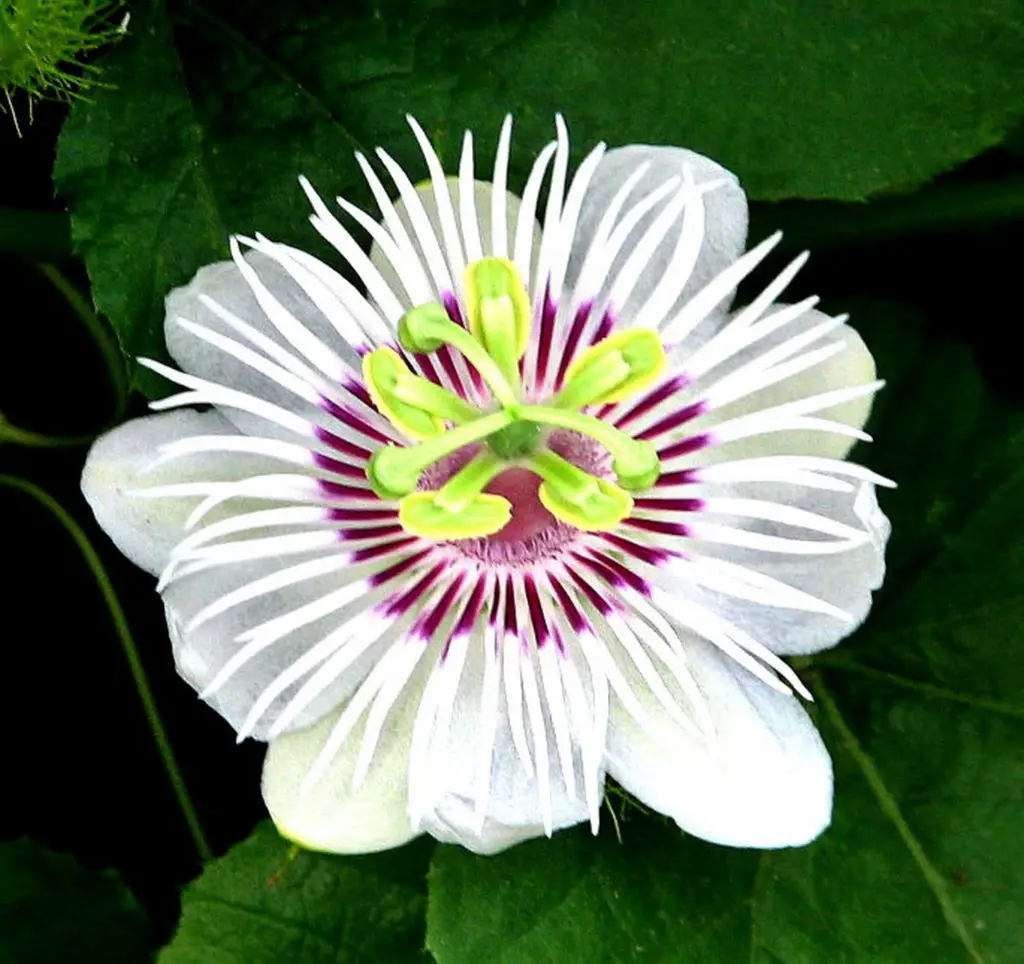
Wild flowers grow naturally in their environment without cultivation and may be indigenous to one particular area of the world.
I have often found beautiful wild flowers popping up in my garden, and they are far more interesting than wild Chiang Mai mushroom. They have had only nature’s encouragement and nutrition to grow.
Because they require little attention from me, I welcome them as members of the garden. It makes my garden easier to care for and more attractive.
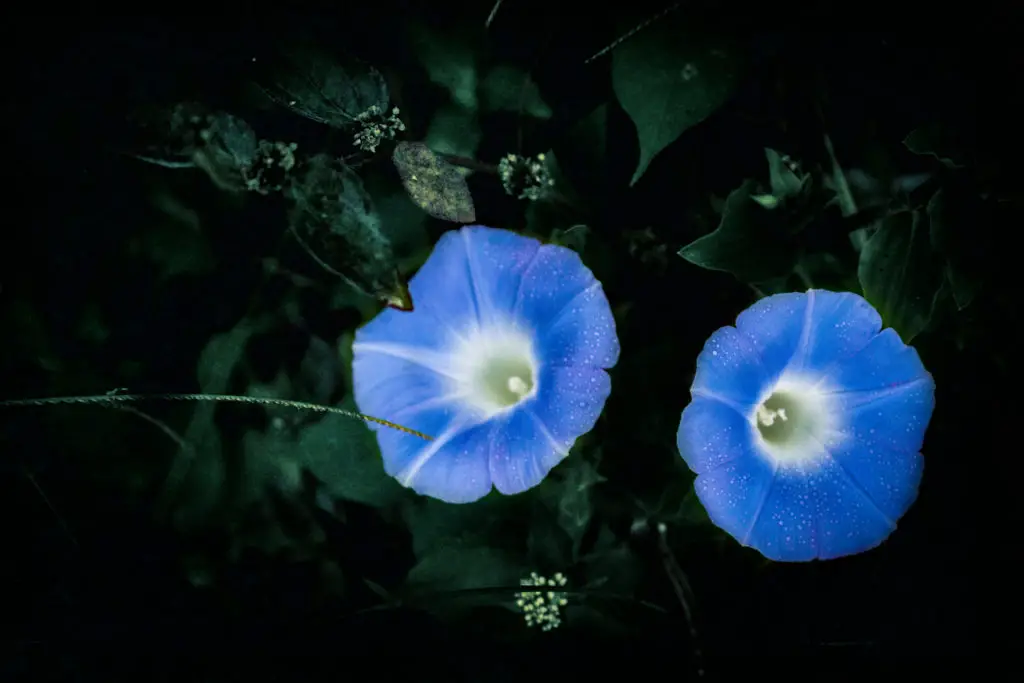
When I discovered the treasure trove on my doorstep, my camera became a constant companion. I was amazed at the number and variety of stunning flowers I stumbled across daily. On my early morning walks through the villages and fields in the fresh air the sun rose like clockwork to greet another day.
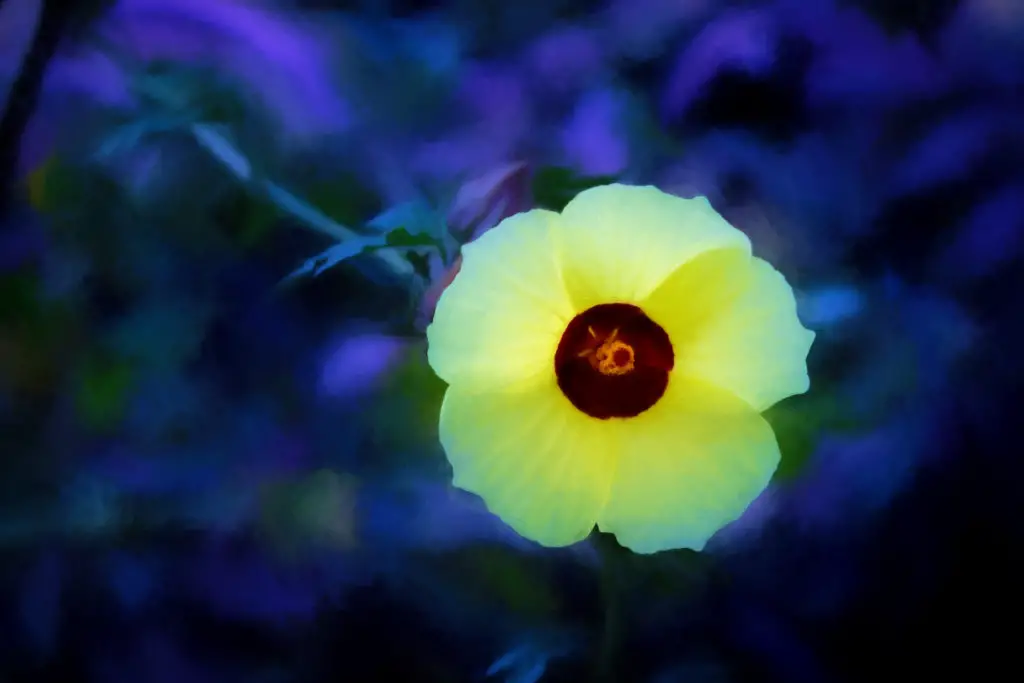
I have photographed over fifty flowers without really looking too hard. So imagine how many there must be in the world. I have tried to find out if there are any statistics but have so far drawn a blank. If you have any idea, please let me know.
Relief in the village and Final thoughts
Families waited anxiously for the return of the rescuers and their loved ones. At six o’clock that evening a small convoy of trucks returned. Everyone was alive, but most of the mushroom hunters were not in good shape. I hoped this time they may learn a lesson. But knowing them as I did, I was not over confident.

